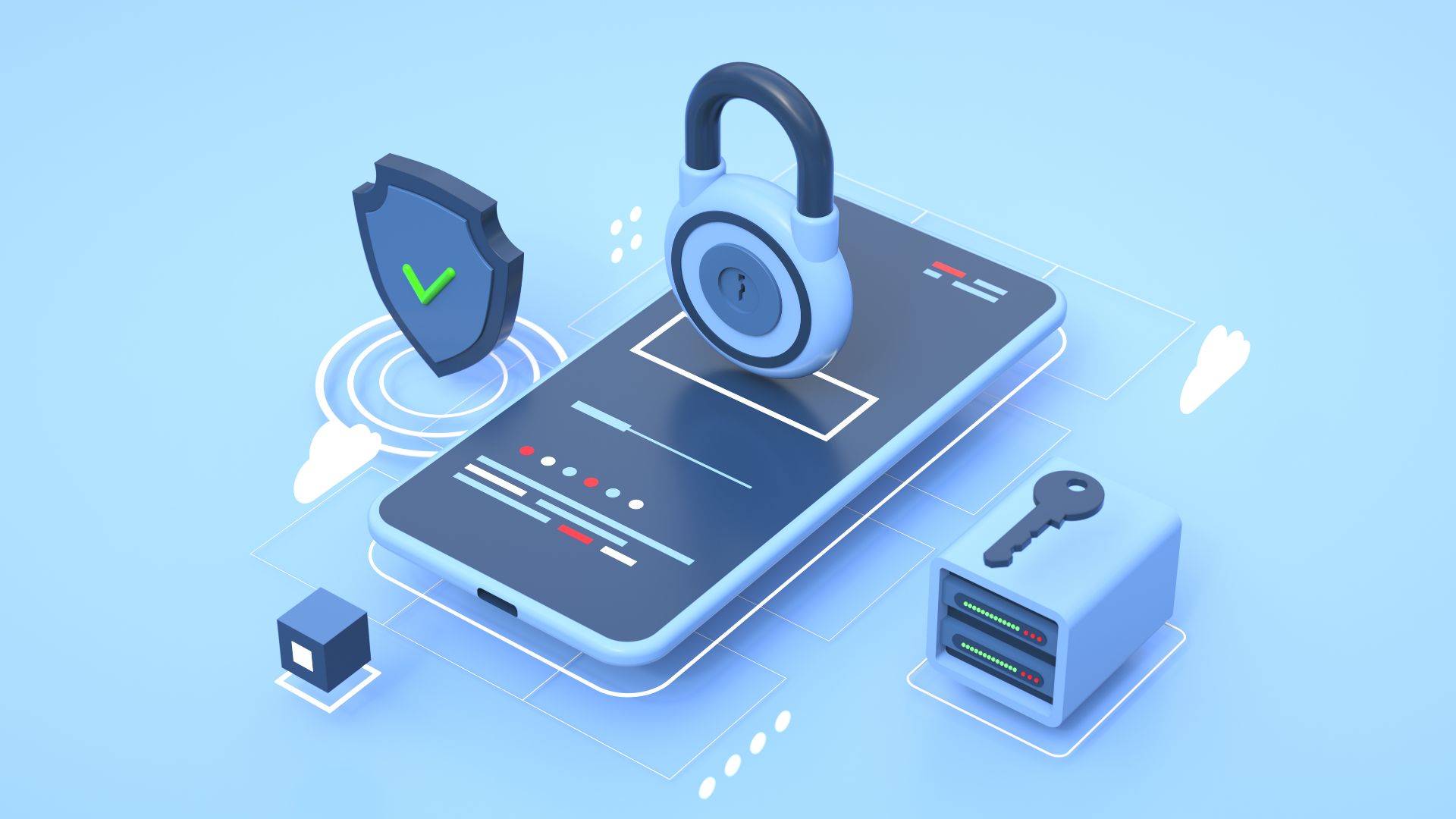
Now more than ever, organizations need to quickly identify and respond to device threats and see into their assets’ inventory and usage. With today’s remote and hybrid workforce, many organizations struggle to monitor and remotely track devices that operate off the corporate network. Here are a couple examples of the risks organizations face:
Manufacturing company
At a large, multisite enterprise manufacturing company, remote devices provide access to proprietary information. If that information is accessed by a competitor, it could potentially put them out of business. A critical component to remote security control is the ability to track devices and wipe data if they were lost or stolen.
Financial institution
For a multisite financial company that continues to grow, it is time-consuming to manage and monitor device setup and application management. The ability to set up and enforce device policies on or off network can reduce the cost of labor and improve efficiency.
What is Endpoint Security Management?
Endpoint security is designed to remove endpoint blind spots and quickly respond to device threats, vulnerabilities, and lost or stolen devices. It allows organizations to monitor and remotely track devices that operate off the corporate network, from anywhere in the world.
The question organizations need to ask is what level of risk are they comfortable with? This will assist in finding the right solution or combination of solutions, that is the best fit for your organization. Your managed services provider will help you understand which solution(s) best fit your risk tolerance.
Here are three endpoint security applications WIN can implement:
- Mobile Device Management (MDM): Is an application on the device that allows for all mobile devices to be managed through a single pane of glass while pushing updates and company policies along with application control. It also enables the locking and wiping of lost or stolen devices so long as the MDM application is not removed.
- Embedded Endpoint Security: Detects unauthorized device activity, allows organizations to remotely track devices that operate off the corporate network, and can completely wipe the device if it is lost or stolen. This solution is written in the device itself making it extremely difficult to remove, but it is not compatible with all devices. You can learn more about Embedded Endpoint Security here.
- EDR/MDR: Offers advanced threat detection, investigation, and response capabilities to provide security teams with the visibility they need to uncover incidents that would otherwise remain invisible. Learn more are EDR and MDR here.
Why is Endpoint Security Critical?
An endpoint protection platform is a vital part of enterprise security for several reasons. In today’s business world, data is the most valuable asset of a company — and to lose that data, or access to that data, as well as physical device security could cause operational and legal consequences for the organization and potentially even put the entire business at risk of bankruptcy.
Businesses have to contend with not only a growing number of endpoints, but also a rise in the number of types of endpoints. These factors make enterprise endpoint security more difficult on their own, but they’re compounded by remote work and Bring Your Own Device (BYOD) Policies.
The threat landscape is also becoming more complicated. Remote endpoints can be the entry point for a cyberattack. Endpoint visibility is required to remain proactive against cybersecurity threats. Organizations need security controls and critical application resilience to ensure all endpoints are up-to-date and sensitive data is secure on any lost or stolen devices.
The Risks of Remote Work
Remote employees use enterprise devices on multiple networks in different locations.
According to Absolute, enterprise devices are being used in four different locations on average. Because it is easy for employees to forget a laptop of cell phone at an airport or coffee shop, lost or stolen devices create a weak link that is easy for bad actors to exploit.

Asset Managers Need to Maintain Compliance, Reduce Losses and Increase Efficiency
Digital changes in today’s IT environment create major challenges for asset managers — fluid, invisible, and easily stolen devices are shifting at every moment. Meanwhile, your organization is moving at warp speed; implementing new technologies and workplace dynamics to become a boundless enterprise.
You need a solution that:
- Assures self healing of devices
- Streamlines collection of compliance evidence
- Reduces response time to vulnerability detection
- Enforces security configurations at scale
Ready to Learn More?
If you have questions about monitoring and remotely tracking devices that operate off the corporate network, get in touch with us today to learn more.
